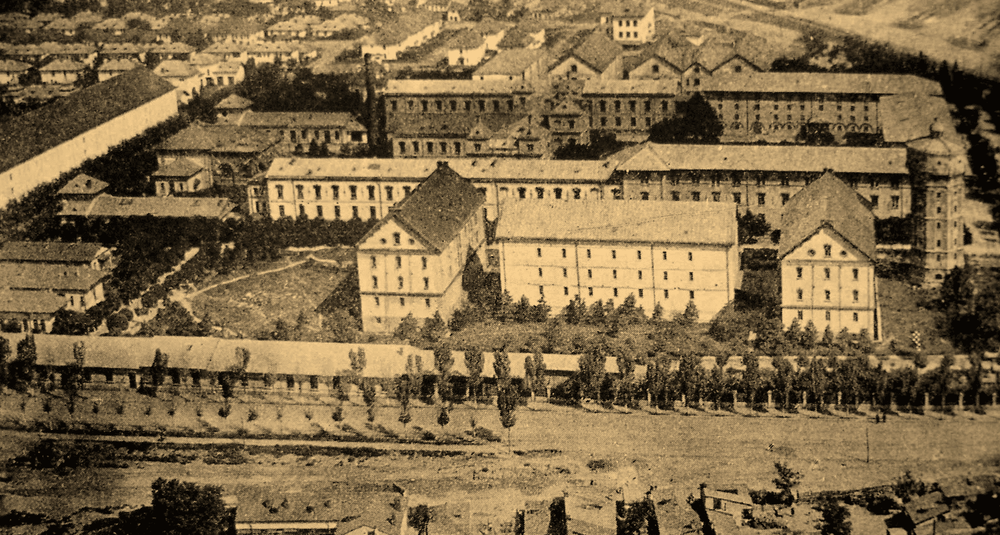Interwar Trade Union Struggles at the Belvedere Tobacco Factory
Between the world wars, the Belvedere Tobacco Factory in Bucharest was one of the major state-owned enterprises in Romania. Established in 1864 and later controlled by the Regie of State Monopolies, the factory – as has been typical in the tobacco industry – largely employed women as workers. The workers faced lamentable labour conditions: low wages, piece-rate production that put a lot of pressure on the workers and led to overwork, a lack of job security, and deficient labour protections. Supervisors, often men, were known for their brutal treatment of women workers, sometimes resorting to physical violence. The workers were radicalized in a 1920 general strike but then sought to unionize to counter these issues. By 1929, Paraschiva B. Ion, a leading trade unionist at the factory, reported that all two thousand women workers of the factory were unionized, joining a social democratic union. The struggles of Belvedere’s workers for better wages, improved working conditions, and protection from massive exploitation also resonated with the problems many other industrial workers were confronted with in the 1920s and 1930s.

Belvedere Tobacco Factory in 1926 (Source: Wikimedia Commons)
The 1920s and 1930s saw diverse, even if largely ineffective, forms of labour organizing at Belvedere. The 1920 general strike that included workers at Belvedere was one of the most notable moments in the factory’s labour history. The strike, led by communist organizers, ended in repression, with hundreds of Belvedere workers fired and some leaders put on trial. This defeat pushed many workers towards more moderate social democratic unions that sought to improve conditions through legal means rather than direct confrontation.
The factory’s strategic importance to the state meant that the authorities were particularly sensitive to labour unrest, often intervening to suppress more radical movements. The General Confederation of Labour (CGM), a social democratic confederation of trade unions, focused on negotiating improvements for workers while avoiding direct confrontation with the state. Representatives like Belvedere’s P. B. Ion secured modest gains through participation in mandatory arbitrations and the drafting of collective agreements in the factory. However, despite these improvements, the factory’s management maintained strict control, and many labour disputes remained unresolved.
In the late 1920s, some communist agitation once again galvanized some of the workers at Belvedere, but a strike such as the one in 1920 did not occur. In the 1930s, economic conditions worsened while tensions between different labour unions grew. Along with the union led by Ion, another one emerged that was led by a colleague of Ion’s named Eftimie Patraulea. The social democratic press described Patrulea’s competing union as right-wing, while Patraulea’s supporters, in turn, accused Ion of both collusion with management and communist sympathies. These tensions unfolded against the backdrop of a concrete conflict over a reform of the tobacco factory’s pension fund. In 1935, Ion’s union lost majority support, signalling a shift in workers’ attitudes. Meanwhile, the government imposed increasingly restrictive labour laws, making it harder for unions to secure gains.
At the end of the 1930s, trade union activities at the factory declined. The introduction of harsher and stricter factory regulations, combined with the era’s broader political drift to the right and growing repression, limited the ability of workers to organize. By 1941, the factory had been militarized. Some trade union leaders helped implement harsh wartime labour control practices, undermining workers’ trust in them.
The struggles of Belvedere’s workers in the interwar period illustrate both the power of collective action, even among marginalized or precariously employed workers, and the unique challenges faced by women workers in a state-owned industry where a disciplined labour force was essential for profitability.
Read more here

